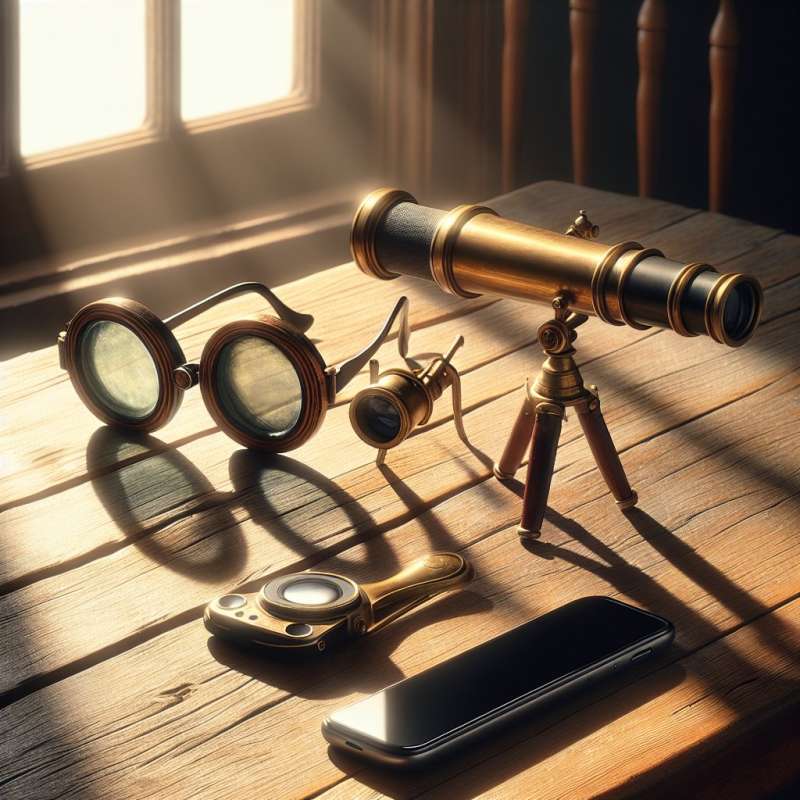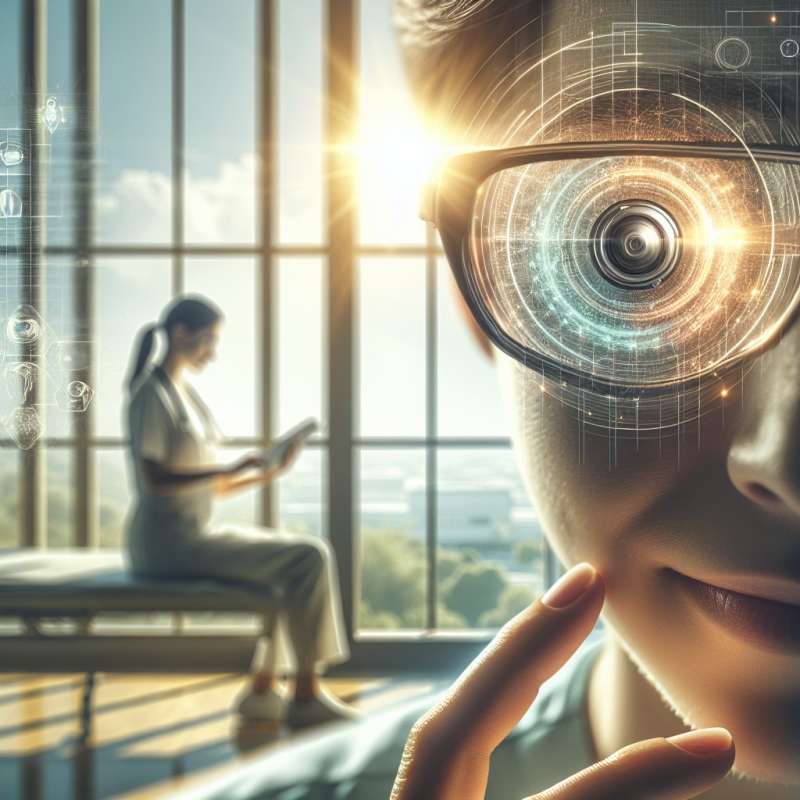
Historical Aids Evolution
Early technological aids for vision began with eyeglasses in the 13th century. Progressing through hand-held telescopes, the 20th century brought electronic magnifying devices, fundamentally transforming accessibility for the visually impaired.
Modern Electronic Magnifiers
Today's electronic magnifiers offer high-definition and zoom capabilities. Portable digital magnifiers can enlarge text up to 32X, with options for contrast adjustment, making reading accessible even for those with significant vision impairment.
Screen Readers' Impact
Screen readers convert digital text to speech or Braille, allowing blind users to access computers and the internet. JAWS, a popular screen reader, has greatly improved computer literacy and job opportunities for the visually impaired.
Smart Glasses Innovation
Smart glasses like OrCam MyEye use artificial intelligence to interpret visual information. They can read text, recognize faces, and identify products, giving users an unprecedented level of independence in daily activities.
Bionic Eye Breakthroughs
Bionic eye implants, such as the Argus II, convert video images from a miniature camera into electrical pulses sent to electrodes on the retina, offering a new form of sight to those with retinitis pigmentosa.
Accessible Apps Ecosystem
Mobile apps like Be My Eyes connect visually impaired users with sighted volunteers for real-time visual assistance. Navigation apps use GPS and speech for guidance, expanding mobility and freedom.
Future: Retinal Prosthesis
Research into retinal prosthesis systems aims to restore vision by bypassing damaged photoreceptors. Advances in microelectronics and neural stimulation hold promise for partially restoring sight to the blind.Contact Lens Cameras
Contact lenses with built-in cameras, like Google's patent, can potentially capture images and record videos, raising both accessibility and privacy implications.
What was a vision aid in the 13th century?
Electronic magnifiers
Eyeglasses
Portable digital magnifiers
Company